I have an issue in a non production environment in Internet Explorer 11 where
window.location.origin is undefined.
However, in the production environment this value actually returns
window.location.origin = http://www.myproductionwebsite.com
This issue only exists in Internet Explorer and works fine in Chrome and Firefox across production and non production environments, which has lead me to believe its the way that the Chakra JavaScript Engine in IE11 populates origin.
I have also looked at the request and response headers across production and non production environment and all the parameters are identical.
How does Internet Explorer 11 calculate window.location.origin differently to Chrome or Firefox?
